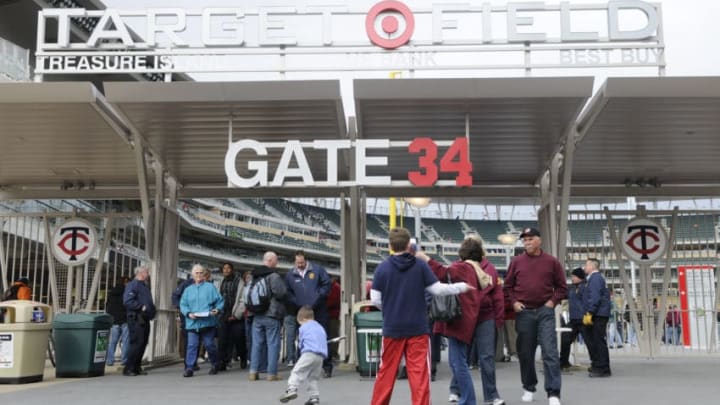The Minnesota Twins fed into the hot Shohei Ohtani market with two deals, acquiring prospects
When the Minnesota Twins lost out on Shohei Ohtani, it was assumed that the Minnesota Twins would use their money to sign prospects from the recently released Atlanta Braves prospects or to pursue other international free agents.
Wednesday, they went a different direction, and it was a very well-executed direction by the Minnesota Twins:
Minnesota Twins Wednesday trades
The Twins made two trades on Wednesday. Each deal sent away $1 million of their ~$3.25 million international signing bonus allotment. From the Seattle Mariners, the Twins received a catching prospect, and from the Angels the Twins received an outfield prospect. Let’s take a look at these players:
Jacob Pearson
The Angels drafted Pearson in the 3rd round this past June. He was considered one of the top high school players in Louisiana, typically a hot bed of high school talent. Due to his age (19 by the time of the draft), he was one of the older prospects in the draft class, and that tends to reduce a player’s value artificially on draft night.
Pearson still received a $1 million bonus as a 3rd round pick. He has some concerns about where he’ll play long term as he’s not got a big arm to play corner outfield, and there’s some worry how he’ll handle weight onto his frame, but he does possess impressive raw power from the left side and is an excellent athlete at this point.
David Banuelos
Banuelos was a guy who had all the high marks of the “soft” skills for a catcher – great at working with pitchers, good command of the entire defense behind the plate, can call his own game. The question was how his grade-able tools were viewed.
Banuelos has an excellent arm, grading as a plus or double-plus arm. He can display pop times behind the plate that are in the 1.9 second range, which is in the plus range as well. He’s also been a catcher his whole life in baseball, so he has plenty of natural instincts behind the plate in his moving to block pitches.
Banuelos has work to do with his bat that could allow Banuelos to be a future regular in MLB or could end up more of a future backup type, which still has value, but his glove will immediately make him one of the top catchers in the Twins system.
More from Puckett's Pond
- Minnesota Twins: You Spin Me Right Round, Right Round
- Minnesota Twins: What happens next at Shortstop?
- Minnesota Twins: Grading the Twins’ Joey Gallo signing
- Minnesota Twins: 4 Possible Trade Chips not named Kepler or Arraez
- Minnesota Twins: After missing out on Correa, what comes next?
How did the Minnesota Twins do?
Most don’t follow these trades well, but picking up a player of either Banuelos’ or Pearson’s trade value for international signing bonus money is nearly unheard of. As far as prospects go, probably the best “prospect” that was traded for international free agent money thus far has been outfielder Randy Ventura, who was at low-A for the Atlanta Braves when they traded him to the Cincinnati Reds for $1.25 million of signing bonus money.
Outside of that deal, predominantly, the trading of international money has been for players who are near the major leagues with either low ceilings or else some significant flaws. A good example is another recent trade by the Mariners where they sent hard-throwing reliever Thiago Viera, who is a 24 year old reliever from Brazil who can pump triple digit heat, but has inconsistent secondary options and struggled to find the zone with anything but his fastball, so while he’s reached the majors (1 inning in 2017), he’s got some serious flaws, obviously.
Getting the chance to have a player in your system for the time to develop them is extremely valuable, and to get players of this quality is even more so. Pearson would likely rank in top 15-25 in the system, and Banuelos likely in the 35-60 range in the system (a deep part of the Twins system, frankly).
Next: How Twins should spend international money
What about the rest of the money?
We’ve had a couple pieces recently on Puckett’s Pond looking at the possible ways that the Minnesota Twins could use their international money. The Twins are strong in negotiations with Jelfrey Marte, who they signed this summer and then cancelled the $3+ million deal that he had due to vision issues found when he came in for medical review. He’s certainly one spot to spend. Otherwise, a number of the former Atlanta Braves prospects mentioned above are still on the market and would make good targets.
